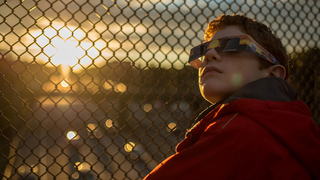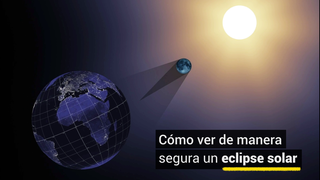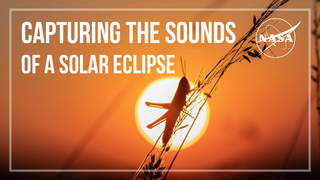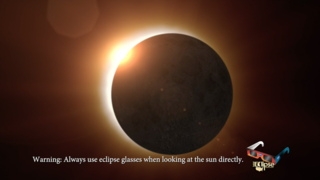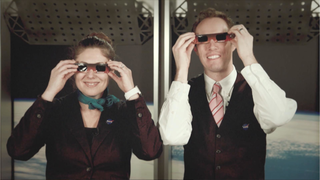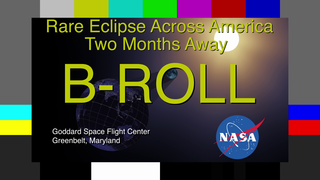Earth
Sun
ID: 12637
It is never safe to look directly at the sun's rays – even if the sun is partly obscured. When watching a partial eclipse you must wear eclipse glasses at all times if you want to face the sun, or use an alternate indirect method. This also applies during a total eclipse up until the time when the sun is completely and totally blocked.
How to Safely Watch a Solar Eclipse
There is a newer version of this story located here: https://svs.gsfc.nasa.gov/13668
During the short time when the moon completely obscures the sun – known as the period of totality – it is safe to look directly at the star, but it's crucial that you know when to take off and put back on your glasses.
First and foremost: Check for local information on timing of when the total eclipse will begin and end. NASA's page of eclipse times is a good place to start.
Second: The sun also provides important clues for when totality is about to start and end.
Learn more at https://eclipse2017.nasa.gov
Find more videos about the solar ecilpse on the Sun Eclipse 2017 gallery page.
Used Elsewhere In
Newer Version
Related
For More Information
Credits
Jenny Hottle (NASA/GSFC): Producer
Jenny Hottle (NASA/GSFC): Editor
Sarah Frazier (ADNET Systems, Inc.): Science Writer
Jenny Hottle (NASA/GSFC): Editor
Sarah Frazier (ADNET Systems, Inc.): Science Writer
Please give credit for this item to:
NASA's Goddard Space Flight Center
Music Credit: Killer Tracks
Music Credit: Killer Tracks
Short URL to share this page:
https://svs.gsfc.nasa.gov/12637
This item is part of this series:
Narrated Movies
Keywords:
SVS >> HDTV
SVS >> Safety
SVS >> Solar Eclipse
SVS >> Eclipse
NASA Science >> Earth
NASA Science >> Sun
https://svs.gsfc.nasa.gov/12637
This item is part of this series:
Narrated Movies
Keywords:
SVS >> HDTV
SVS >> Safety
SVS >> Solar Eclipse
SVS >> Eclipse
NASA Science >> Earth
NASA Science >> Sun
